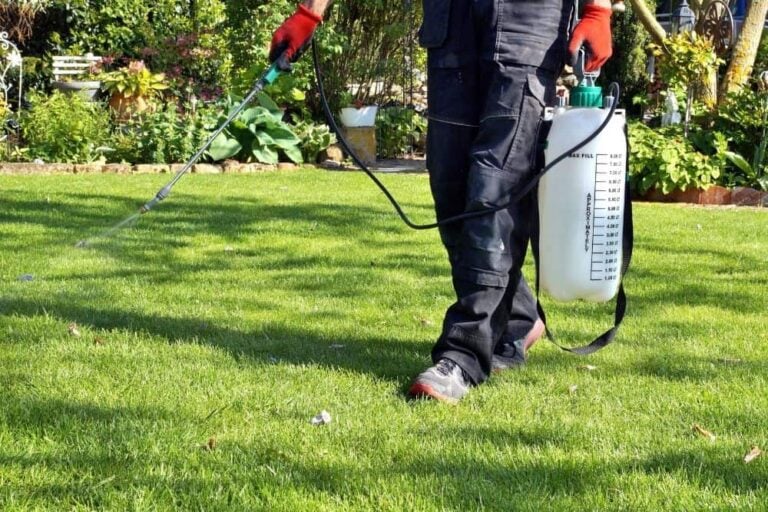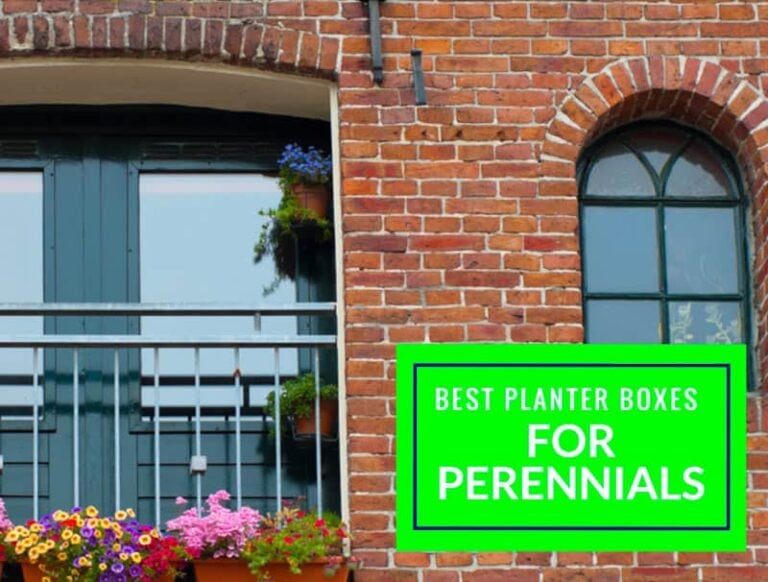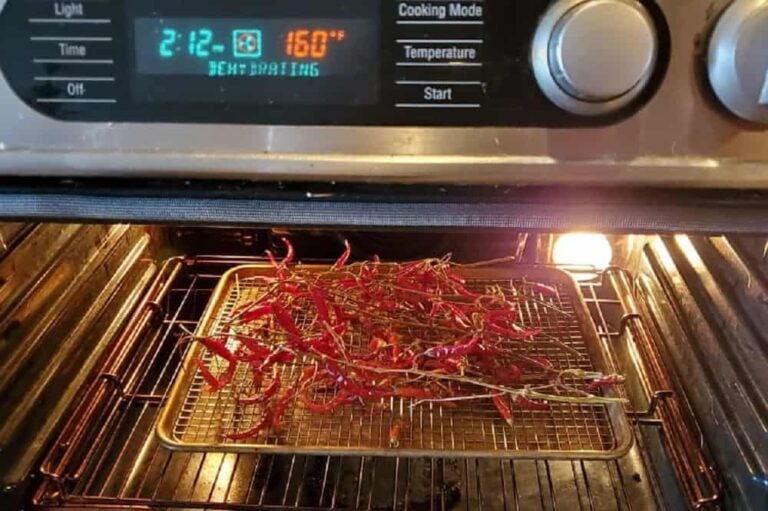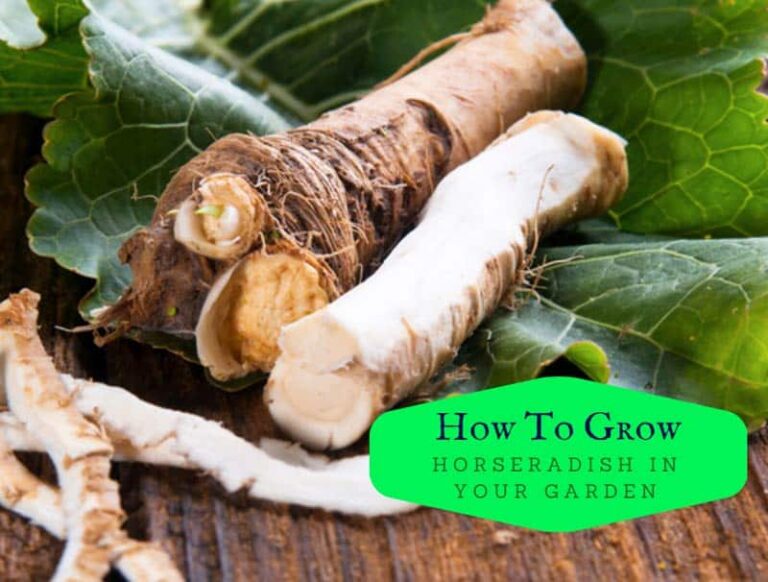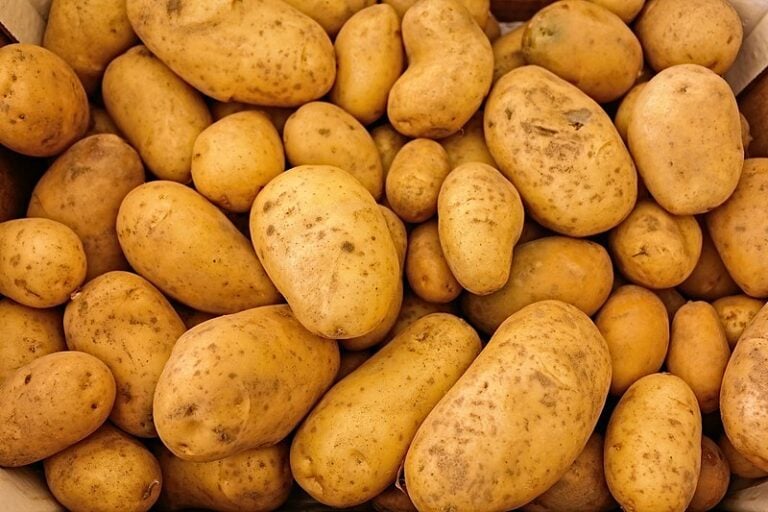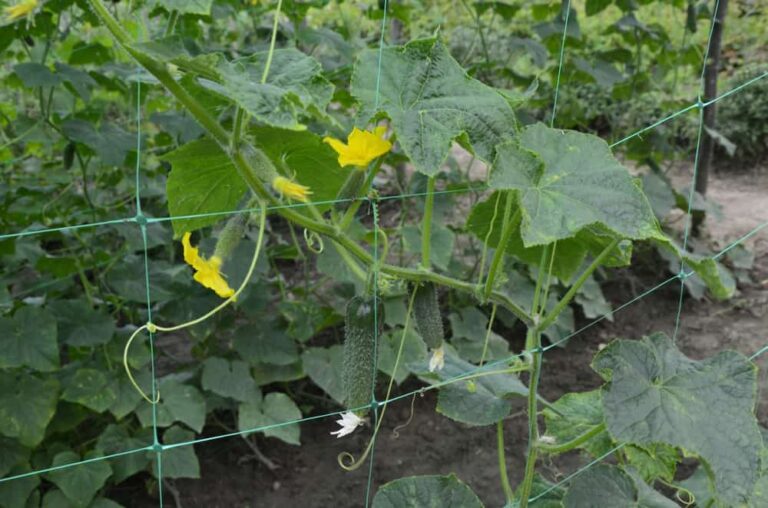It’s Time to Learn About Growing Thyme
Containers are perfect for growing thyme, which remain short and bush-like when established. Grow thyme from seeds or cuttings in a well-draining potting mix in a container with ample drainage. Keep thyme plants in plenty of sunlight, and water thoroughly only once the soil becomes dry to the touch. You can propagate established plants by separating them and moving to new containers, or by taking cuttings from established plants and planting them to begin a new plant. Harvest thyme before flowers begin to grow, and dry several sprigs together before storage in a dark, dry location.
Why Grow Thyme in Containers?
Thyme plants stay relatively small, usually reaching heights of just over a foot, which is a good size for container planting. If you plant thyme in containers, you can also more easily protect it from harsh weather conditions by bringing the containers inside when needed.
Growing thyme in containers can also give you easy access to your plants when you’re ready to harvest it for use. Bring the containers indoors to harvest, or grow thyme indoors for the easiest access.
Should I Grow Thyme from Seeds or Cuttings?
Thyme grows well from either seeds or cuttings. If you don’t have any cuttings from another thyme plant, starting from seeds indoors can help you grow strong seedlings to be ready for planting later in their permanent containers. Seeds need to be planted several weeks before cuttings, so keep this in mind as you gauge the best time to plant thyme.
Prepare for Growing Thyme in Containers
The best container for growing thyme is a clay pot, since it helps drain the soil and keep thyme properly watered, without being overwatered. The pot should be able to hold about a gallon of potting soil and have a large hole on the bottom for adequate draining.
Your potting soil should be a well-draining mix, mixed well with sand, peat moss, and perlite. These components will aid in drainage and aeration of the soil. Test the pH level of your soil, which should be between 6.0 and 8.0.
Thyme should have plenty of sunlight as it grows, so consider your best options, depending on whether you are growing indoors or outdoors. The best place indoors is by a sunny window that gets sunlight for most of the day. Outdoors, place containers on a sunny patio or areas of your garden that receive full sunlight.
Planting Thyme from Seeds or Cuttings
Thyme seeds need to be free from harsh weather conditions as they germinate, so consider planting them indoors several weeks before your area’s last frost. If you are growing thyme from cuttings or young plants, you can plant them in your containers 2 to 3 weeks before your last frost, if you’re placing them outdoors. If growing indoors permanently, the timing isn’t as strict.
Thyme seeds are extremely small, so you shouldn’t push them far down within the soil. Instead, gently press them into the soil and sprinkle a fine layer of soil on top. Space seeds about 4 to 6 inches apart, placing up to 6 seeds together in one spot. You can thin out the plants later, if needed, but this will give you the most chance of successful germination.
If you are growing thyme from cuttings, you can root them in water to grow in soil later. Place cuttings in a jar with room-temperature water, ensuring that no leaves are in the water. Put the jar in a sunny area in your home and change the water every day or two. In less than two weeks, roots should appear.
Once the roots are 1 to 2 inches long, transplant them to your containers. Keep them spaced about 4 to 6 inches apart, and plant the roots just below the soil surface.
Caring for Thyme in Containers
It’s important to keep thyme well-watered, but not overwatered. It’s best to give thyme plants a thorough watering only when the soil feels dry to the touch. You can fertilize your plants with a slow-release fertilizer after you begin to see established growth.
During the first year of growth, you don’t need to prune back your thyme plants. Allow them to grow so they become full and bushy. After the first year, prune the plants after the threat of frost has passed, if you keep them outdoors, and before the frost begins again in the fall. This will keep your newly-cut areas from getting brittle.
You may need to repot your thyme plants every season or two if their roots begin to outgrow the container. You can divide your plants easily by gently pulling their roots apart to separate them into new containers.
Propagating Thyme
You can propagate thyme easily to grow new plants from established plants. This is done by either separating plants at the roots or taking cuttings to grow a new plant.
To take cuttings from an established plant, you’ll need kitchen shears. Cut the stem right below a node of leaves at an angle. Remove the lower leaves before you plant the cuttings in soil or water.
To separate established plants, gently pull plants apart at the roots and replant them. Your separated plants will begin more growth within a few days to weeks.
Harvesting and Storing Thyme
You can harvest thyme right before your plants begin to flower, providing optimal growth and taste. Harvest thyme by clipping its sprigs as you need them. You may also want to remove the flower buds at this time to encourage new growth from your plant.
Rainbow Gardens explains how you can dry thyme with a dehydrator or without, and how to store it once it’s dry. You can dry thyme by tying several sprigs together and hanging them in a cool, dark area of your home. Once the stems begin to harden and leaves are dried, you can run your fingers along the stem to remove the leaves.
You can store thyme in an airtight glass or plastic container in a dark, dry location.

